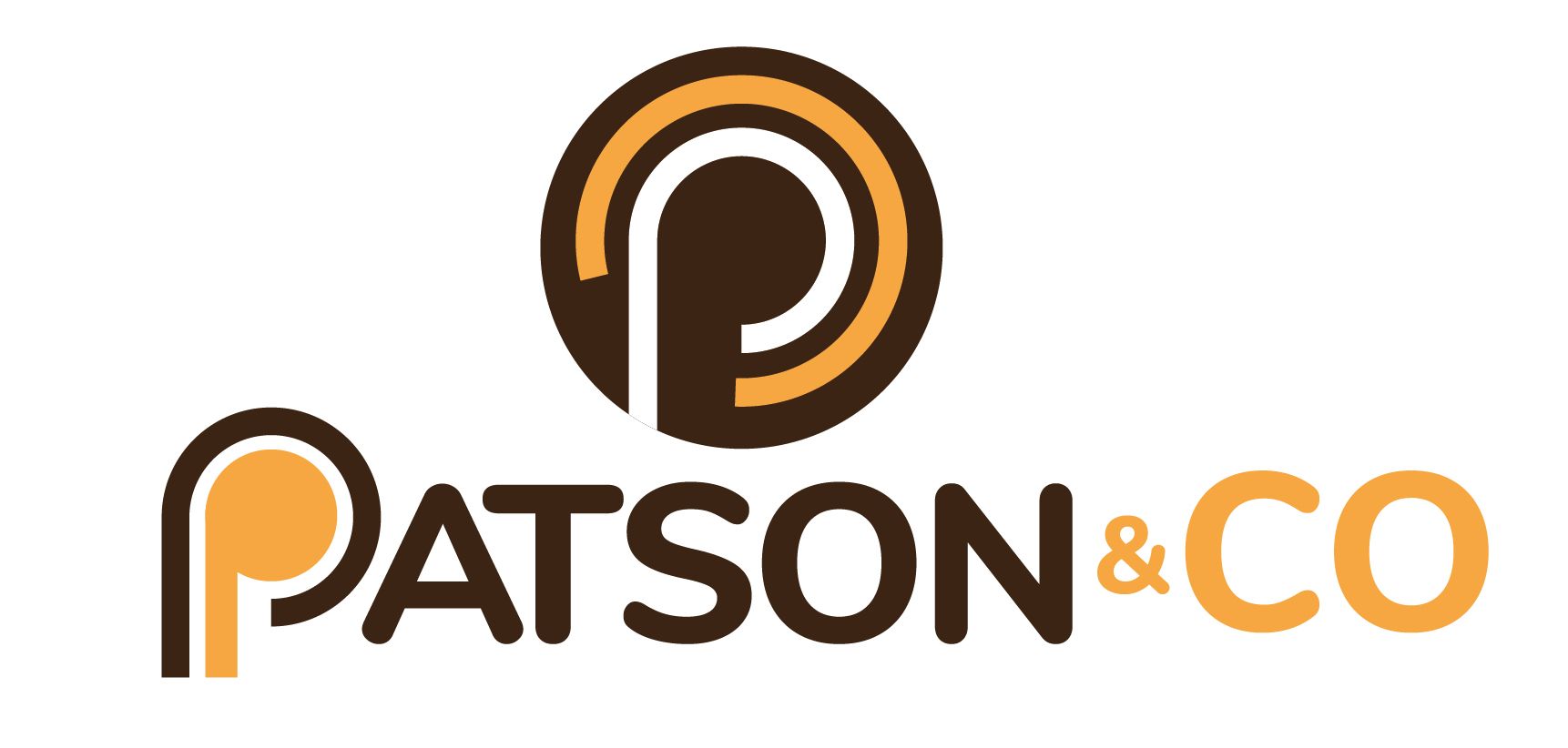Chatbots Mastery : Discovering the importance for companies
- Key Takeaways
- Understanding Chatbots
- Evolution of Chatbots
- Chatbot Functionality
- Common Uses of Chatbots
- AI Chatbots in Customer Service
- Chatbots in Sales and Marketing
- Building Chatbots Without Coding
- Technical Skills for Advanced Bots
- Future Trends in Chatbot Technology
- Summary
- Frequently Asked Questions
- What is a chatbot?
- How have chatbots evolved over time?
- What functionalities do chatbots typically offer?
- In what industries are chatbots commonly used?
- How do AI chatbots improve customer service?
- Can individuals build chatbots without coding skills?
- What future trends are expected in chatbot technology?

Chatbots have transformed the way businesses interact with customers. These automated programs provide instant responses, enhancing user experience and satisfaction. They operate 24/7, ensuring that assistance for user queries is available at any time. Businesses utilize chatbots for various functions, including customer service, lead generation, and information dissemination.
The advancement of artificial intelligence has improved chatbot capabilities, allowing for more natural conversations. This technology not only reduces operational costs but also increases efficiency. Organizations are increasingly adopting chatbots to streamline processes and improve engagement. Understanding the role of chatbots in modern communication is essential for businesses aiming to stay competitive.
Key Takeaways
- Chatbots have evolved significantly, becoming more sophisticated and capable of handling complex tasks, which can enhance user experience.
- Businesses should consider integrating AI chatbots into their customer service strategies to improve response times and customer satisfaction.
- Explore common uses of chatbots, such as in sales and marketing, to streamline processes and engage customers effectively.
- Building a chatbot doesn't require coding skills; there are many user-friendly platforms available that can help you create one easily.
- For those interested in advanced chatbot functionalities, developing technical skills in AI and machine learning can be beneficial.
- Stay updated on future trends in chatbot technology to ensure your business remains competitive and meets changing customer expectations.
Understanding Chatbots
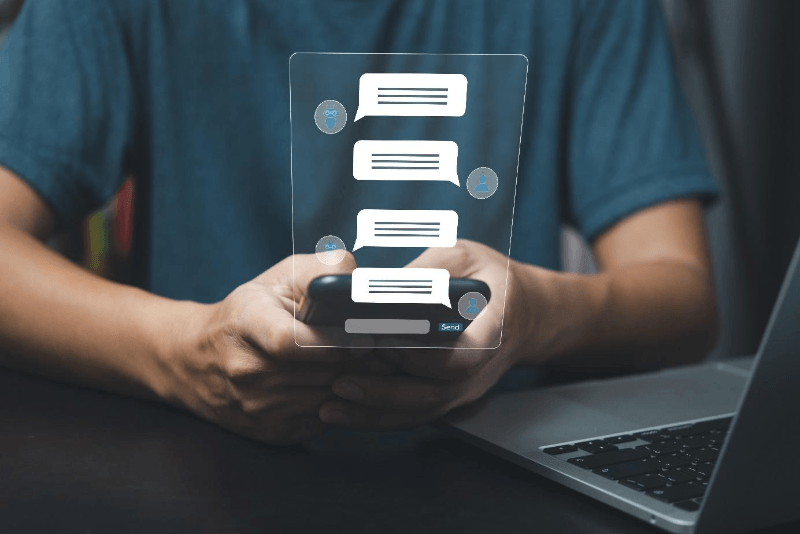
Definition
Chatbots are software programs that simulate human conversation. They interact with users through text, ai chat, or voice, providing answers and assistance. These tools operate on websites, messaging apps, ai chat, and customer service platforms. Their primary functions include answering questions, providing information, and assisting with tasks.
Types of Chatbots
Two main types of chatbots exist: rule-based and AI-driven. Rule-based chatbots follow predefined paths. They respond to specific commands or keywords. For example, if a user asks about store hours, the chatbot gives a fixed answer. This type is limited but useful for straightforward inquiries.
AI-driven chatbots use artificial intelligence to understand context. They learn from conversations and improve over time. These chatbots can handle complex queries and provide personalized responses. For instance, they can remember user preferences and suggest products accordingly.
User Engagement
Chatbots play a crucial role in enhancing user engagement on websites. They provide instant support, which keeps visitors interested. Users appreciate quick responses without waiting for human agents. This efficiency helps reduce bounce rates on websites.
Moreover, chatbots can guide users through processes. For example, they can help customers navigate a website, chat, or complete purchases with a bot. This guidance improves the overall user experience.
Benefits of Chatbots
- 24/7 Availability: Chatbots are always online. They assist users at any time.
- Cost-Effective: Businesses save money by using chatbots instead of hiring more staff.
- Scalability: Chatbots handle multiple inquiries simultaneously. This feature allows businesses to grow without compromising service quality.
- Data Collection: They gather valuable data about user interactions. This information helps companies understand customer needs better.
- Personalization: AI-driven chatbots offer tailored experiences based on user behavior.
Evolution of Chatbots
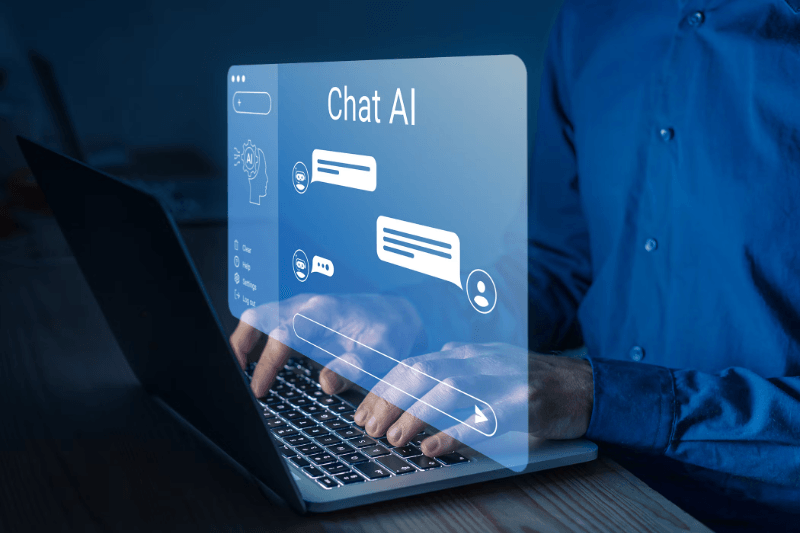
Traditional Chatbots
Chatbots began as traditional chatbots in the 1960s. Early versions used simple scripts to respond to user inputs. They relied on basic keyword recognition. ELIZA, developed in 1966, is a famous example. It could simulate conversation but lacked true understanding. Users often felt they were chatting with a machine.
Conversational Chatbots
The 1990s saw the rise of conversational chatbots . These bots could handle more complex interactions. They used pattern matching to give relevant responses. Programs like ALICE emerged during this time. They allowed for more natural conversations than their predecessors.
Natural Language Processing
The introduction of natural language processing (NLP) marked a significant milestone in chatbot technology. In the early 2000s, NLP enabled chatbots to understand and interpret human language better. This change improved user experiences greatly. Chatbots became capable of handling more diverse conversations and responding intelligently.
Intelligent Chatbots
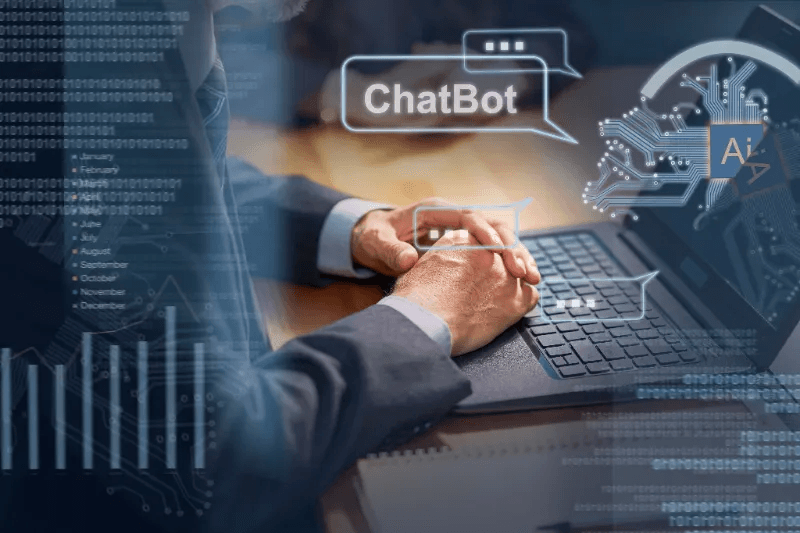
By the 2010s, intelligent chatbots began to emerge. These bots utilized machine learning algorithms. They learned from previous interactions to improve their responses over time. Companies like Facebook and Google adopted these technologies. This shift allowed for more personalized experiences.
Modern AI Chatbots
Today’s modern AI chatbots are highly sophisticated. They can engage in multi-turn conversations, chat, and remember context. These bots integrate seamlessly into social media platforms, messaging apps, and chat. Their ability to handle inquiries efficiently, including chatbot services, has made them popular among businesses.
Impact of Social Media
ial media and messaging apps have had a profound impact on chatbot usage. Platforms like WhatsApp, Messenger, and Slack have embraced chatbots fully. Businesses now use these chat and bot tools to enhance customer service and engagement. The ease of access to chat features has led to increased adoption rates.
New Chatbot Technologies
Recent advancements have introduced new chatbot technologies that focus on voice recognition and sentiment analysis. These features allow for even richer interactions with users. Voice-activated assistants like Siri and Alexa demonstrate this trend effectively.
Changes in User Expectations
User expectations have changed significantly over the years. People expect quick responses and personalized service from chatbots now. As technology evolves, so do the demands placed on these systems. Companies must adapt to meet these expectations or risk losing customers.
Chatbot Functionality
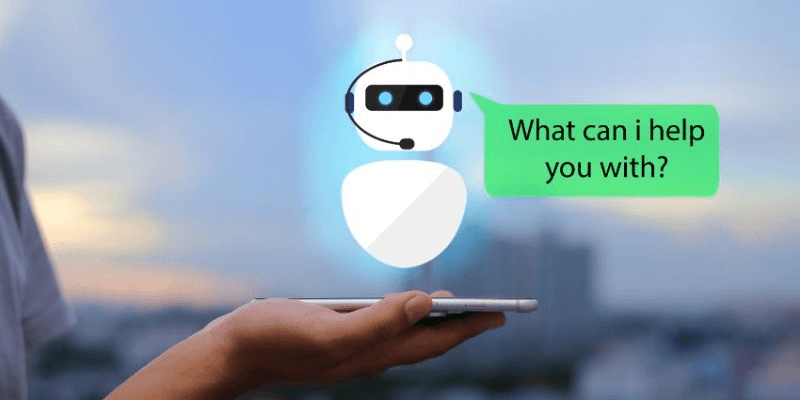
Core Features
Chatbots serve many purposes in business. They can handle customer inquiries, provide support, and even process transactions. Key features include natural language processing (NLP), which allows chatbots to understand user intent. This technology helps them respond accurately. Another important feature is the ability to integrate with existing systems. Chatbots can connect with customer relationship management (CRM) tools or e-commerce platforms. This integration enhances their functionality and improves user experience.
Implementation Techniques
Implementing chatbots requires careful planning. Businesses must identify their goals first. Knowing what tasks the chatbot will perform is crucial for effective deployment. After defining objectives, selecting a suitable chatbot platform is next. Many platforms offer templates that simplify development. Companies can also customize these templates to fit their needs. Testing the chatbot before full deployment ensures it meets user expectations.
Technology Integration
Chatbots can operate across various platforms and services seamlessly. They work on websites, social media, chat, and messaging apps like WhatsApp and Facebook Messenger. This versatility allows businesses to reach customers where they are most active. By using APIs, chatbots can pull data from different sources. This capability enables them to deliver personalized experiences based on user behavior.
Machine Learning Impact
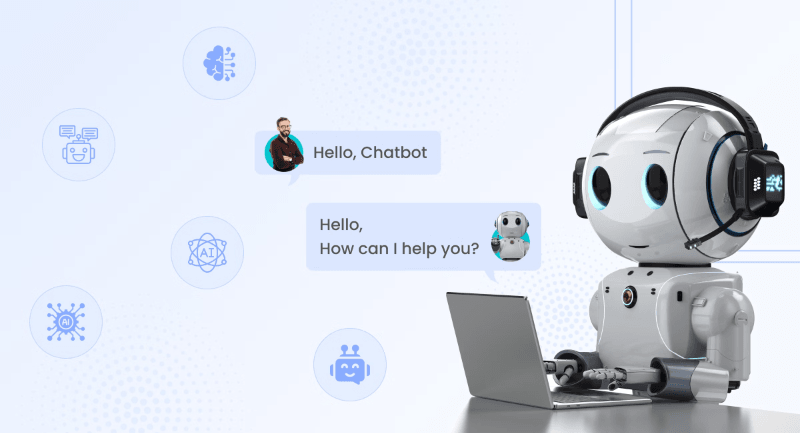
Machine learning plays a vital role in enhancing chatbot performance over time. As users interact with chatbots, they collect valuable data. This data helps improve responses through chatbot algorithms . By analyzing past interactions, chatbots learn from mistakes and refine their answers. For example, if a user frequently asks about shipping times, the chatbot will prioritize this information in future conversations.
User Experience
The overall chatbot experience significantly impacts user satisfaction. A well-designed chatbot feels intuitive and engaging. Users expect quick responses and relevant information. If a chatbot struggles with understanding queries, frustration may arise. Continuous updates help maintain the quality of interactions. Businesses should regularly review conversations to identify areas for improvement.
Application Areas
Various industries utilize chatbots effectively. In retail, they assist customers with product recommendations and order tracking. In healthcare, chatbots can schedule appointments or provide medication reminders. The potential applications are vast and continue to grow as technology evolves.
Common Uses of Chatbots
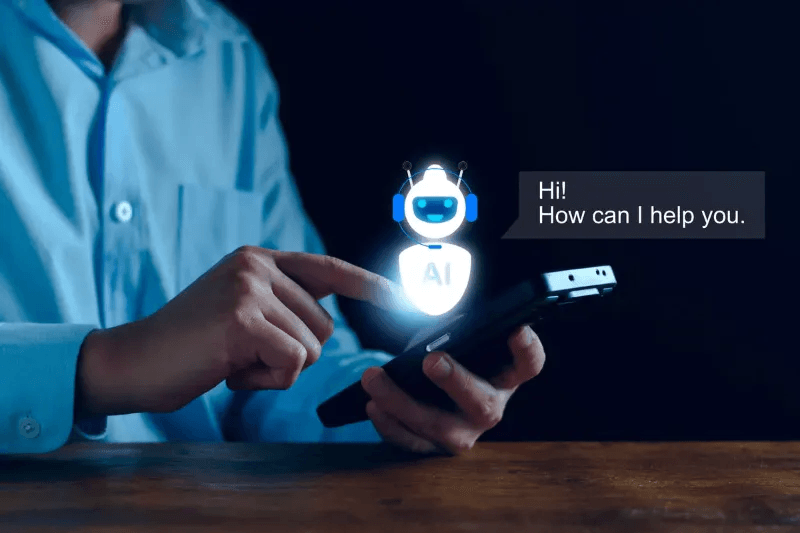
Customer Service
Many businesses use chatbots in their customer service departments. These versatile chatbot applications can handle a large volume of inquiries. They respond to common questions quickly and efficiently. This reduces the workload for human agents. Chatbots can provide answers to FAQs, track orders, and assist with returns.
In 2020, about 70% of consumers preferred using chatbots for quick responses. This trend shows how effective chatbots are in improving customer experience. They operate 24/7, ensuring that customers receive help anytime. This availability leads to higher satisfaction rates.
Appointment Scheduling
Chatbots also play a significant role in appointment scheduling. Many healthcare providers and service industries utilize them for this purpose. Patients can easily book appointments through a simple text interface. This automation saves time for both staff and clients.
For example, a dental office might use a chatbot to allow patients to schedule cleanings or check-ups. The chatbot can send reminders as the appointment date approaches. This reduces no-shows and keeps the schedule organized.
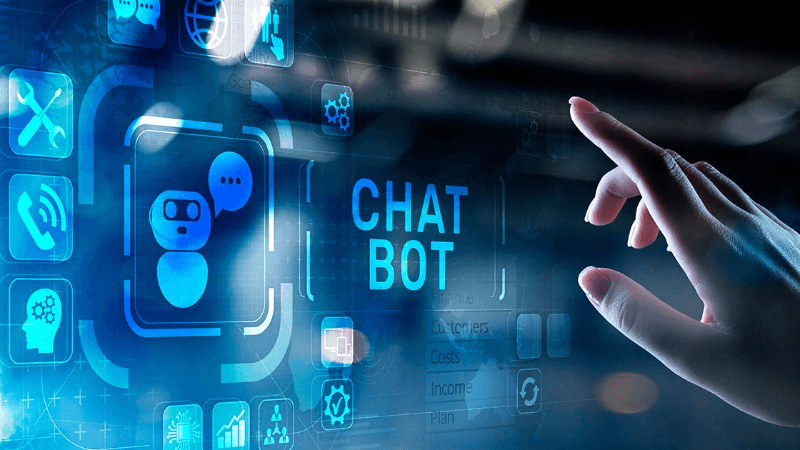
Lead Generation
Lead generation is another area where chatbots excel. Businesses implement them on websites to engage visitors. Chatbots can ask qualifying questions to identify potential customers. They collect contact information and gather data on user preferences.
This process allows companies to tailor their marketing efforts effectively. According to research from HubSpot, companies using chatbots for lead generation saw a 30% increase in conversion rates.
Feedback Collection
Chatbots are useful for collecting customer feedback as well. They can initiate surveys after a purchase or interaction. Customers appreciate the convenience of providing feedback through a quick text response.
These insights help businesses understand customer needs better. Companies can make improvements based on direct input from users. This leads to enhanced products and services.
E-commerce Support
E-commerce platforms frequently rely on chatbots for support tasks. They assist customers in finding products and answering questions about specifications. Chatbots guide users through the buying process.
By offering personalized recommendations, they enhance the shopping experience. This not only increases sales but also builds customer loyalty.
AI Chatbots in Customer Service
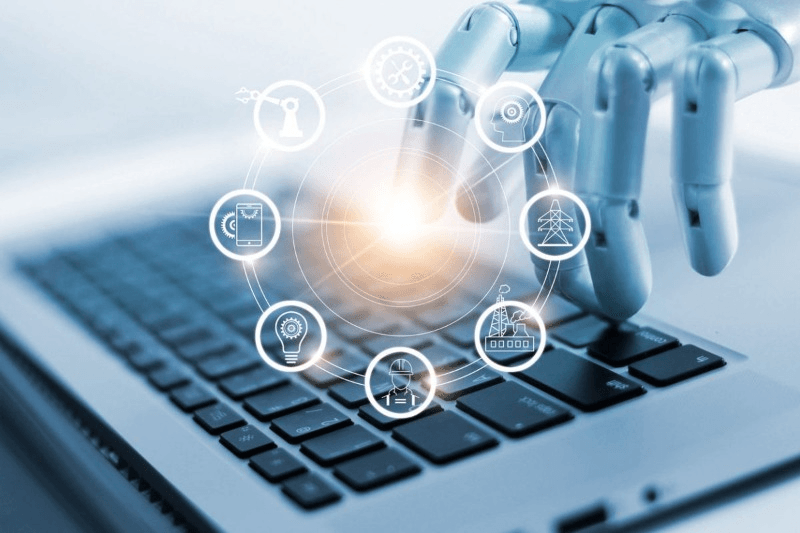
Instant Responses
AI chatbots provide instant responses to customer inquiries. They operate 24/7, ensuring that customers receive help at any time. This constant availability enhances the overall customer experience. Many chatbot service providers offer solutions that reduce wait times significantly. Customers no longer have to endure long hold times on calls or wait for email replies. Instead, they can interact with a customer service bot and get answers immediately.
These chatbots utilize conversational AI to understand and respond to various queries. They can handle simple questions about product details or account issues without human intervention. This efficiency allows human agents to focus on more complex problems. As a result, the overall productivity of customer service teams increases.
Learning from Interactions
AI chatbots improve over time through machine learning. Each interaction helps them understand customer preferences better. Advanced AI chatbots analyze past conversations to enhance their future responses. This leads to more relevant answers and a better understanding of customer needs.
For example, if a customer frequently asks about shipping options, the chatbot learns this preference. It can then prioritize shipping information in future interactions. This capability makes the chatbot feel more personalized and attentive. The ability to learn from interactions is a key feature of generative AI models used in these systems.
Cost-Saving Benefits
Implementing AI chatbot software can lead to significant cost savings for businesses. Traditional customer support methods often require large teams of agents. In contrast, customer service bots can handle multiple inquiries simultaneously. This reduces the need for extensive staffing.
Many companies report lower operational costs after integrating AI chatbots into their support systems. They can manage high volumes of requests without hiring additional staff. AI chatbots decrease training costs since they require less onboarding than human employees.
Businesses also benefit from improved response times and increased customer satisfaction rates. Happy customers are likely to return and recommend the service to others, leading to higher sales.
Chatbots in Sales and Marketing
Lead Qualification
Chatbots assist businesses in qualifying leads. They engage potential customers through conversations. By asking specific questions, chatbots determine the customer's needs. This process helps identify high-quality leads. Chatbot developers design these interactions to be efficient and effective.
For example, a customer chatbot can ask about budget or product interest. This information allows sales representatives to prioritize leads. As a result, businesses save time and resources. They focus on prospects with the highest potential.
Personalized Marketing
Chatbot assistants play a crucial role in personalizing marketing messages. They gather data from customer interactions. This data includes preferences and behaviors. Chatbots then use this information to tailor messages.
A business can send targeted promotions based on user activity. If a customer frequently browses a product category, the chatbot can suggest related items. Personalized marketing increases engagement and conversion rates. Customers appreciate relevant offers, leading to higher sales.
Streamlining Customer Journeys
Integrating chatbots into sales funnels streamlines customer journeys. Bots guide users through various stages of the buying process. They answer questions, provide information, and recommend products.
Customers often have queries before making a purchase. Chatbots respond instantly, reducing wait times. This quick interaction keeps potential customers engaged. It prevents them from leaving the site due to frustration.
Businesses benefit from this integration. They see improved customer satisfaction and higher conversion rates. Chatbots help maintain a smooth flow from interest to purchase.
Gathering Insights
Chatbots are effective tools for gathering customer insights. They collect valuable data during interactions. This data reveals customer preferences, pain points, and trends.
With machine learning, chatbots analyze this information over time. Businesses gain a deeper understanding of their audience. For example, if many customers ask about a specific feature, it indicates demand for that product aspect.
This insight allows companies to adjust their strategies accordingly. They can enhance their products or modify marketing approaches based on feedback.
Building Chatbots Without Coding
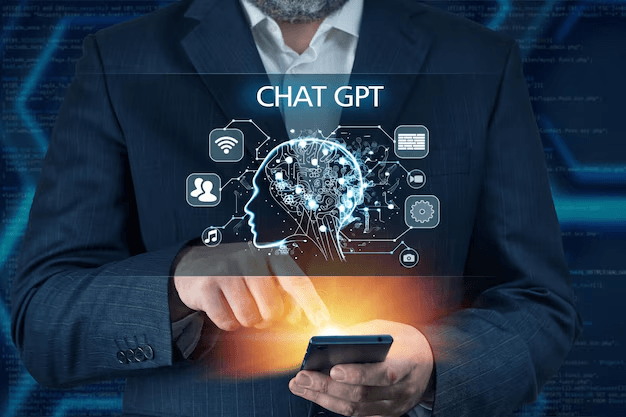
Tools Available
Many platforms allow users to create chatbots without any coding skills. Tools like Chatfuel, ManyChat, and Tars provide user-friendly interfaces. These platforms cater to non-technical users. They offer various features to build effective chatbots quickly.
These tools often include drag-and-drop functionality. Users can easily add elements like buttons, images, and text blocks. This simplicity makes it easier for businesses to launch chatbots in a short time.
Drag-and-Drop Interface
A drag-and-drop interface allows users to design chatbots visually. This method eliminates the need for complex coding. Users can see how their chatbot will look as they build it.
The advantages of this approach are significant. It saves time and reduces errors. Non-technical users can focus on the bot's content rather than its code. Quick deployment is possible, making it suitable for businesses needing immediate solutions.
Templates and Pre-built Solutions
Templates play an essential role in simplifying chatbot creation. Many platforms provide pre-built templates tailored for specific industries. For instance, there are templates for customer support, e-commerce, and lead generation.
Using templates streamlines the process. Users can modify existing designs rather than starting from scratch. This feature helps maintain consistency in branding and messaging.
Pre-built solutions also come with predefined responses. These can be customized according to business needs. They save time by providing a solid foundation for chatbot conversations.
Importance of User Experience
User experience is crucial when building chatbots. A well-designed bot engages users effectively. It should provide clear options and responses that guide users through interactions.
Platforms that prioritize user experience often include analytics tools. These help track performance metrics such as engagement rates and response times. Analyzing this data allows businesses to make informed improvements.
Technical Skills for Advanced Bots
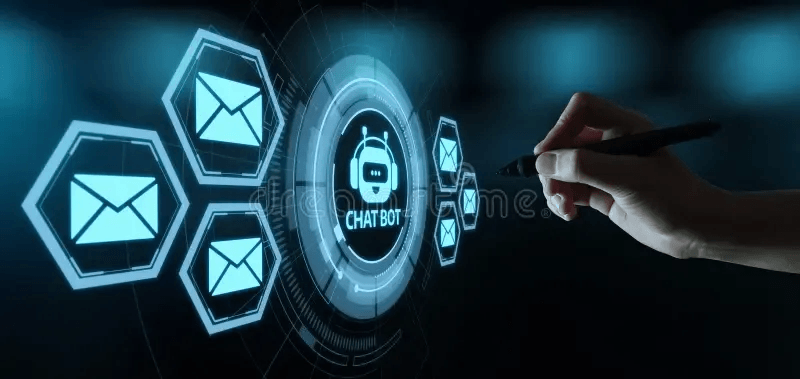
Programming Languages
JavaScript and Python are key programming languages for developing advanced chatbots. JavaScript is widely used for web-based bots. It allows developers to create interactive user interfaces. Python, on the other hand, is known for its simplicity and readability. This makes it a popular choice for backend development.
Frameworks such as Node.js and Django enhance chatbot functionality. Node.js enables real-time communication, which is crucial for chatbots. Django supports rapid development with a clean design. Both frameworks help in building scalable applications that can handle multiple users.
Understanding APIs
APIs play a vital role in chatbot integration. They allow chatbots to communicate with external systems. For instance, chatbots can pull data from databases or send messages through messaging platforms. Understanding RESTful APIs helps developers create more dynamic interactions.
Integrating APIs enhances the chatbot's capabilities. A chatbot can access weather information or book appointments through third-party services. This integration provides users with real-time responses based on their inquiries.
Data Analysis
Data analysis significantly impacts chatbot performance and user experience. Collecting user interaction data helps identify common queries and issues. Analyzing this data leads to improvements in response accuracy.
Regularly reviewing performance metrics is essential. Metrics such as response time and user satisfaction provide insights into how well the chatbot performs. Adjustments based on data analysis can lead to better user engagement.
Understanding machine learning can also be beneficial. Machine learning algorithms can analyze large datasets to predict user behavior. This predictive capability allows chatbots to offer personalized experiences.
Tools for Development
Several tools aid in developing advanced chatbots. Dialogflow, Microsoft Bot Framework, and Rasa are popular choices among developers. Dialogflow offers natural language processing capabilities, enhancing user interaction. Microsoft Bot Framework allows seamless integration with various platforms.
Rasa focuses on open-source solutions, giving developers full control over their projects. These tools simplify the development process while ensuring robust functionality.
Continuous Improvement
Chatbot development is not a one-time task. Continuous improvement is necessary for maintaining relevance in a fast-paced digital world. Gathering feedback from users helps identify areas needing enhancement.
Developers should stay updated on industry trends and advancements in technology. Regular updates ensure that chatbots remain effective and engaging for users.
Future Trends in Chatbot Technology
AI Advancements
Future chatbots will benefit from advancements in artificial intelligence and machine learning. These technologies will enable bots to understand context better. They will analyze user interactions in real time. This capability allows chatbots to provide more accurate responses.
AI algorithms will improve over time. They will learn from each conversation. This means that chatbots can adapt to individual user preferences. Users will find their experiences more relevant and engaging.
Personalization Potential
Data-driven insights will lead to increased personalization. Chatbots will gather information from previous interactions. They will use this data to tailor responses for each user. This level of customization enhances user satisfaction.
For example, a chatbot assisting with online shopping can remember past purchases. It can suggest products based on previous choices. This makes the shopping experience smoother and more enjoyable.
Voice Recognition Impact
Voice recognition technology is evolving rapidly. Future chatbots will integrate this feature seamlessly. Users will interact with bots using natural speech. This shift will make conversations feel more human-like.
Voice-enabled chatbots can assist users in various environments. For instance, they can help while driving or cooking, where typing isn't practical. The convenience of voice commands will increase chatbot usage.

Real-Time Processing
Real-time processing is crucial for future chatbot functionality. Chatbots must respond instantly to user inquiries. Delayed responses can frustrate users and lead to disengagement.
With improved processing power, chatbots will handle multiple queries at once. They will manage high volumes of requests without lagging. This efficiency is vital for businesses that rely on quick customer service.
Integration with Other Technologies
Chatbots will increasingly integrate with other technologies. They will work alongside virtual assistants and smart home devices. This integration creates a cohesive user experience across platforms.
For example, a chatbot could control smart home devices through voice commands. Users could ask the bot to adjust lighting or temperature while engaging in conversation.
Summary
Chatbots have transformed communication across various industries. They have evolved from simple scripted responses to sophisticated AI-driven systems capable of understanding and processing natural language. Their functionality extends beyond customer service, impacting sales, marketing, and user engagement. As organizations adopt these technologies, they must consider the technical skills required for advanced implementations.
The future of chatbot technology promises further advancements. Emerging trends indicate increased personalization and integration with other AI systems. Businesses should leverage these tools to enhance operational efficiency and customer satisfaction. They are encouraged to explore chatbot development options, including no-code platforms, to remain competitive. Engaging with chatbot technology can lead to significant improvements in service delivery and user experience.
Frequently Asked Questions
What is a chatbot?
A chatbot is an artificial intelligence program designed to simulate conversation with users. It can understand and respond to text or voice inputs, providing information or assistance.
How have chatbots evolved over time?
Chatbots have evolved from simple rule-based systems to advanced AI-driven models. Modern chatbots utilize natural language processing (NLP) and machine learning to enhance their conversational abilities.
What functionalities do chatbots typically offer?
Chatbots can perform various functions, including answering queries, providing recommendations, booking appointments, and handling transactions. Their capabilities vary based on their design and purpose.
In what industries are chatbots commonly used?
Chatbots are widely used in customer service, sales, marketing, healthcare, and e-commerce. They improve efficiency and enhance user experience across these sectors.
How do AI chatbots improve customer service?
AI chatbots enhance customer service by providing instant responses, 24/7 availability, and personalized interactions. They can handle multiple inquiries simultaneously, reducing wait times for customers.
Can individuals build chatbots without coding skills?
Yes, many platforms allow users to create chatbots without coding. These user-friendly tools provide templates and drag-and-drop features for easy customization.
What future trends are expected in chatbot technology?
Future trends include improved AI algorithms, enhanced emotional intelligence in conversations, integration with more platforms, and increased use of voice-activated assistants. These developments will further refine user interaction.



